Last updated on July 21st, 2023
Neil Armstrong, the first human to walk on the moon, along with other two members on the Apollo 11 spacecraft accomplished and registered not only his footprint on the lunar surface but in the minds of millions of people. His passion for aviation and flight somehow led him to this great accomplishment. He guided and landed the Eagle lunar landing module on a plain near the southwestern edge of the Sea of Tranquillity. At 10:56:15 PM EDT on July 20, 1969, as his stepped on to the dusty surface of the moon, he said, “That’s one small step for man, one giant leap for mankind.” 19 minutes later, his fellow astronaut, Buzz Aldrin, stepped on to the moon, calling the lunar surface “Magnificent desolation”. The astronauts traversed a total distance of about 250 meters. The third astronaut, Michael Collins, remained in lunar orbit in the Apollo Command Module Columbia. With these facts about Neil Armstrong, let us learn more about his early life, education, career as a pilot and an astronaut, and his personal life.
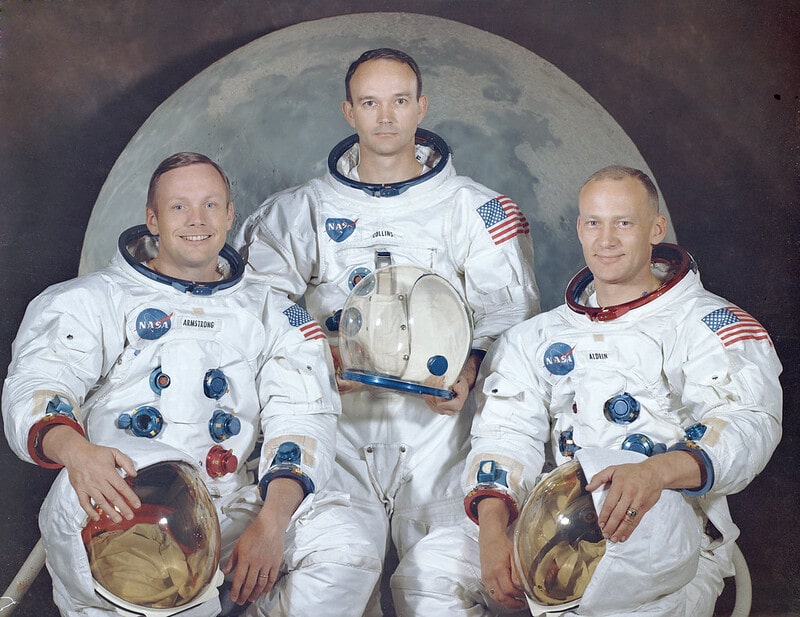
Early Life
1. Neil Alden Armstrong came from a family with German, Scottish, and Scots-Irish heritage. The traditional seat of Clan Armstrong is the town of Langholm, Scotland.
2. He is the eldest of three children in a middle class household. His mother is Viola Louise Engel and his father is Stephen Koenig Armstrong, an auditor in the Ohio state government.
3. Stephen Armstrong exposed Neil to aviation early with a trip to the Cleveland Air Races at the age of two and a flight aboard a Ford Trimotor plane at around six years old.
4. The family settled in Wapakoneta, Ohio in 1944 where Neil was able to take flying lessons at the local airfield while attending Blume High School.
5. Neil Armstrong was able to earn his student flight certificate and fly solo by his 16th birthday, all before he got his driver’s license.
6. He was a dedicated Boy Scout who earned the Silver Buffalo Award and the Distinguished Eagle Scout Award. His World Scout Badge was among the items he carried with him to the moon.
Navy Service
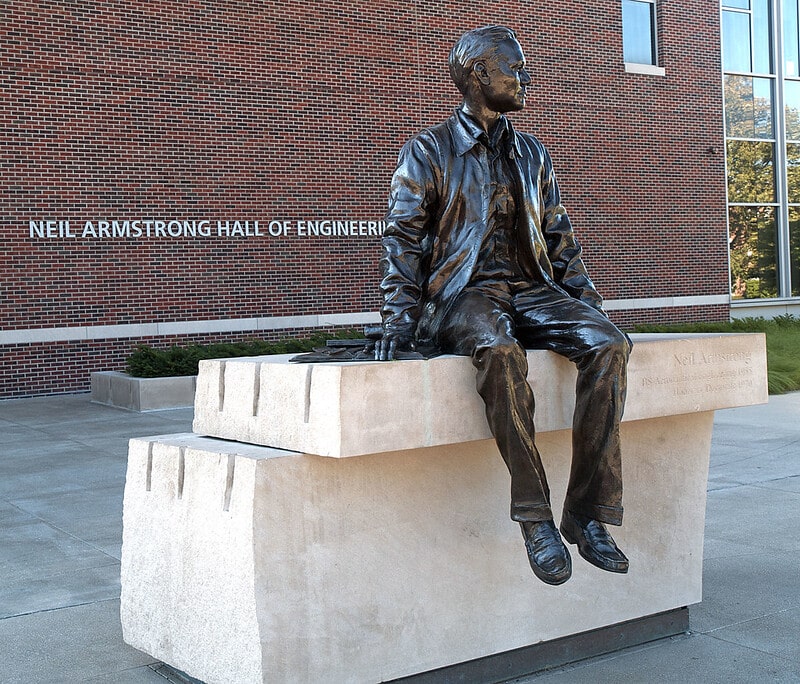
7. It was a choice between MIT and Purdue for college. He picked the latter after watching a football game in which the Purdue Boilermakers pulled off an upset against the heavily favored Ohio State Buckeyes.
8. Neil earned a scholarship under the Hollaway Plan in which students had to commit to 2 years of college, 2 years of flight training, and 1 year of Navy service as aviator before finishing their bachelor’s degree.
9. He went to the Naval Air Station Pensacola in January 1949 for flight training. By September, he was able to fly solo using the North American Aviation SNJ aircraft. This is the same plane used to train Allied forces during World War II.
10. From 1951 to 1952, Armstrong participated in 78 missions in the Korean War. At one point, his wing was caught by a booby trap that tore part of it. He managed to fly back to friendly territory before ejecting with a parachute.
11. His exceptional Naval service was rewarded with the Air Medal, two gold stars, the Korean Service Medal, the National Defense Service Medal, and the United Nations Korea Medal.
12. His release from active duty came on August 23, 1952 but he remained in the reserve corps. He resigned his commission by Oct. 21, 1960 after reaching the rank of lieutenant (junior grade).

College Years
13. With Navy service behind him, Armstrong went back to Purdue and finished his degree in Aeronautical Engineering. The break seemed to have made him a better student. He earned higher grades to lift his GPA to a decent 4.8 out of 6.0.
14. Far from the ravages of war, he explored creative pursuits. He wrote and directed student musicals with “Snow White and the Seven Drawfs” as his first venture. This was followed by “The Land of Egelloc” in which he changed some of the lyrics.
15. Armstrong also played the baritone horn for the Purdue All-American Marching Band. A decade later, he was named as an honorary member of the national band honorary fraternity, Kappa Kappa Psi.
16. Given his experience, he became the chairman of the Purdue Aero Flying Club. They flew aircrafts stationed at Aretz Airport in Lafayette, Indiana. He once damaged one of these on a rough landing going to his hometown in Wapakoneta, Ohio and had to haul it back on a trailer.
17. In 1956, Armstrong was married to Janet Shearon, a home economics major, with whom he had three children. Their daughter Karen was diagnosed with a tumor in the brain stem and died from pneumonia due to poor health at age two.
18. For his graduate degree, Armstrong went to the University of Southern California where he took up an MS in Aerospace Engineering which he completed in 1970. His feats later in life would induce multiple universities to confer him honorary doctorates.
Test Pilot
19. Shortly after graduating from Purdue, Armstrong was hired as a test pilot at the Lewis Flight Propulsion Laboratory in Cleveland but quickly moved to the High-Speed Flight Station at the Edwards Air Force Base in California.
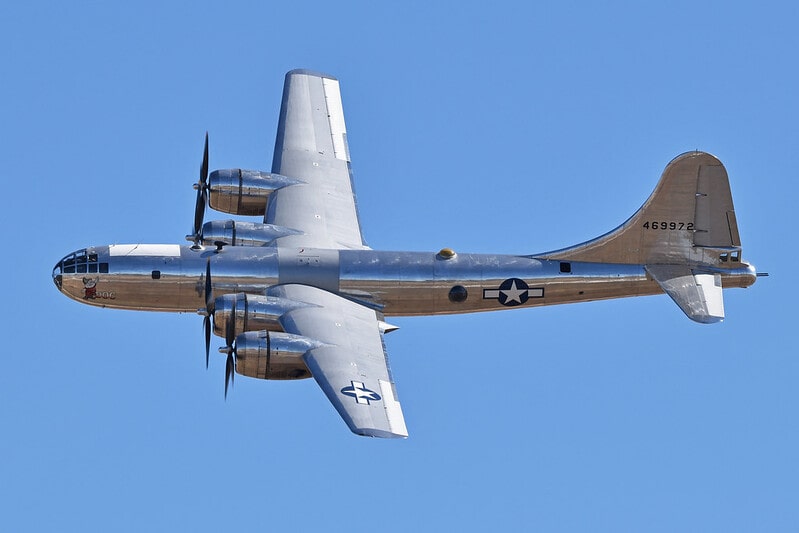
20. In 1956, he flew a Boeing B-29 that was to drop a supersonic aircraft. When they reached 30,000 feet, mechanical issues took out 3 of 4 engines. He and his co-pilot were still able to complete the mission and land safely with only one engine.
21. In 1962, he flew the Bell X-15 to test the MH-96 control system when he reached over 207,000 feet. This is the highest he got before entering the space program. His top speed was Mach 5.74.
22. Later that year, he was inspecting a site when his landing gear and radio were damaged, forcing him to an emergency landing at Nellis Air Force Base. The two aircrafts sent to collect him also suffered mishaps. Eventually, the three pilots were given ground transport to prevent further complications in the “Nellis Affair”.
23. Throughout his career as a test pilot, Armstrong flew over 200 aircraft models. These included the Century Series fighters such as the Lockheed F-104, Convair F-106, and McDonnell F-101 Voodoo.
24. Fellow pilots such as Chuck Yeager didn’t think of him as a natural but most, including Michael Collins and Milt Thompson, praised his technical proficiency and deep understanding of machine design.
The Gemini Program
25. In 1962, Armstrong applied for a NASA astronaut position but his papers arrived a week after the deadline. Fortunately, his former co-worker Dick Day managed to slip his application into the pile before anyone noticed.
26. He became the first civilian astronaut since members of the previous batch were all from the military. His group was also younger and more academically accomplished.
27. For Gemini 5, Armstrong was part of the backup crew. The main mission was to practice space rendezvous and craft procedures for the 7-day flight to the moon.
28. For Gemini 8, Armstrong was part of the prime crew. He became the first US civilian in space. Three years earlier, Valentina Tereshkova of the USSR captured the distinction of being the first civilian in space onboard the Vostok 6.
29. For Gemini 11, Armstrong worked as backup command pilot and capsule communicator. He took on more of a teaching role for the rookie pilot in the group because of his experience.
30. After his assignments in the Gemini Program, US President Lyndon Johnson asked him and fellow astronaut Richard Gordon to go on a goodwill tour of South America. It was the height of the space race and they were treated like celebrities.
The Apollo Program
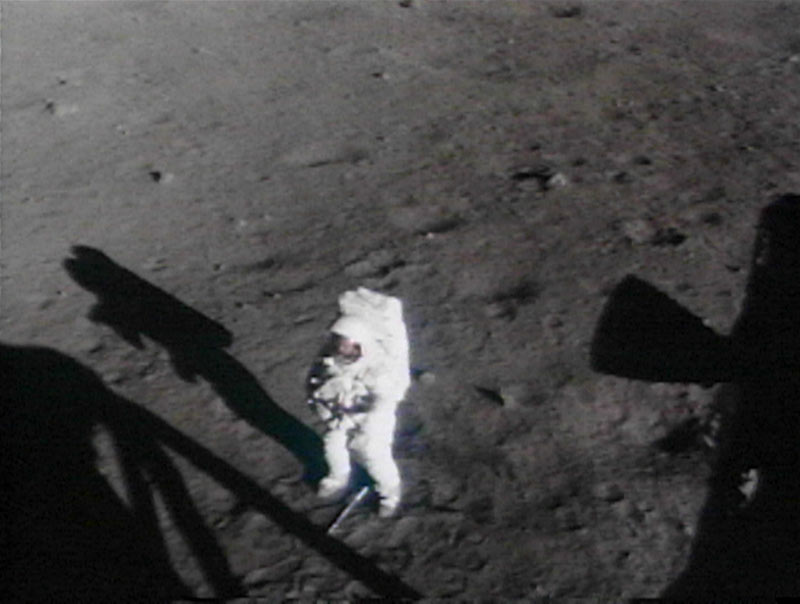
31. In January 1967, Apollo 1 caught fire during a launch rehearsal test which killed all crew members. Armstrong and fellow astronauts learned about this in Washington, D.C. where they witnessed the signing of the UN Outer Space Treaty.
32. In April 1967, 18 astronauts were gathered that included veterans of the Gemini program like Armstrong. Due to their experience, they were chosen to take part in the future Apollo lunar missions.
33. In May 1968, Armstrong was nearly killed while practicing with a Lunar Landing Research Vehicle. He lost control of the LLRV but managed to eject right before it hit the ground and burst into flames.
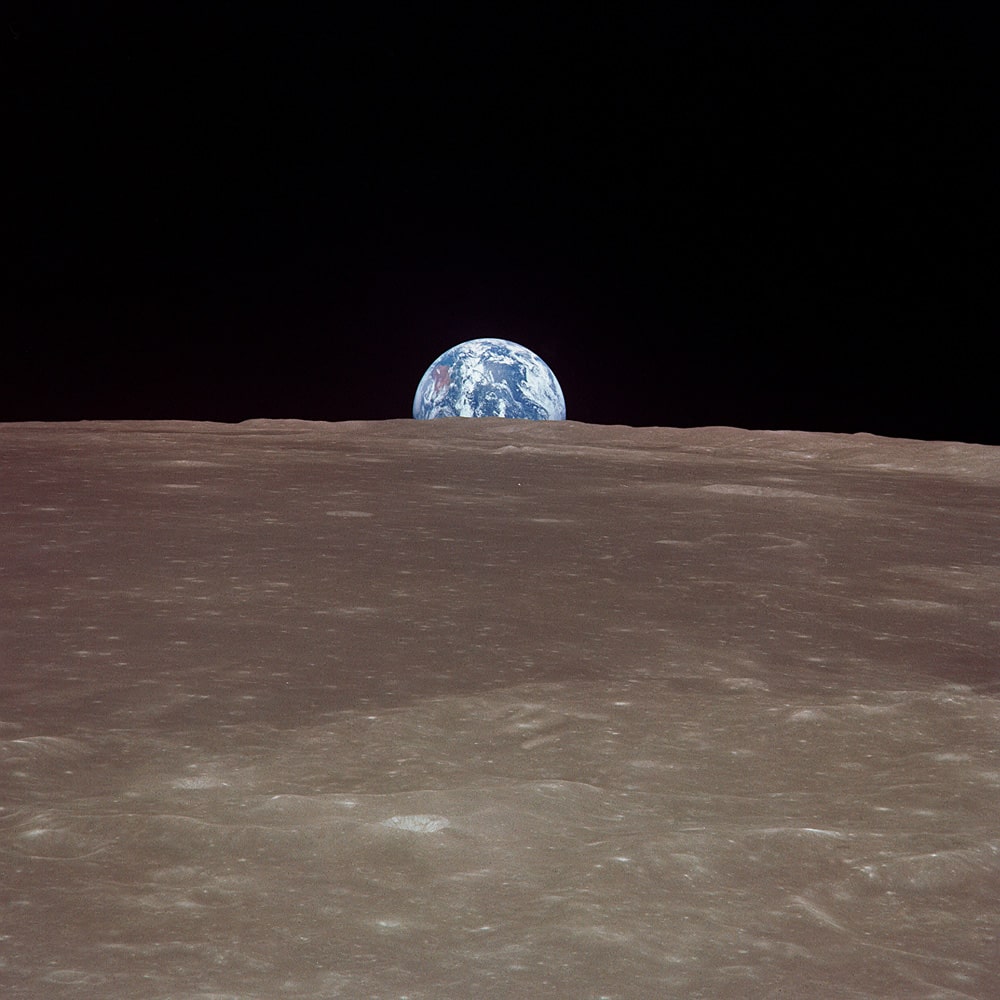
34. In July 16, 1969, Armstrong’s family watched the Apollo 11 launch from a yacht on the Banana River in Florida, between Cape Canaveral and Merritt Island.
35. The lunar landing was broadcast by countless stations across the globe. Approximately 530 million people watched it live which was about a fifth of the world’s population at the time.
36. Apollo 11 re-entered the Earth by splashing down on the Pacific Ocean. Nearby, the USS Hornet was waiting to pick up the crew. They underwent an 18-day quarantine to mitigate the risk of infections.
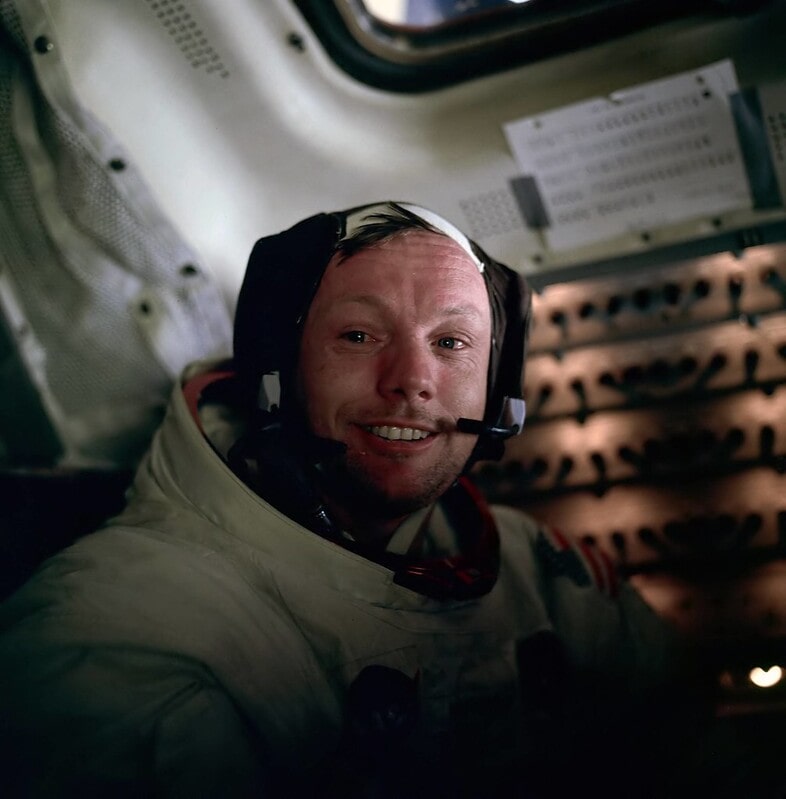
Life After Apollo 11
37. The crew went on a world tour to celebrate their monumental accomplishment. It began in New York with a ticker tape parade that attracted millions of people.
38. Armstrong retired from space flights after Apollo 11. He resigned from NASA in 1971 to pursue teaching at the University of Cincinnati where he stayed for eight years.
39. He turned to business in the 1980s, becoming a spokesman for Chrysler. He also joined the board of directors in several aerospace, media, and energy companies. These include Eaton Corporation, United Airlines, and Gates Learjet.
40. In 1985, Armstrong participated in a North Pole expedition composed of the world’s greatest explorers. He was joined by mountaineering legend Edmund Hillary, son Peter Hillary, Canadian photographer Patrick Morrow, and adventurer Steve Fossett.
41. Despite his status as an American hero, Armstrong kept a low profile and refused most interview requests from the media.
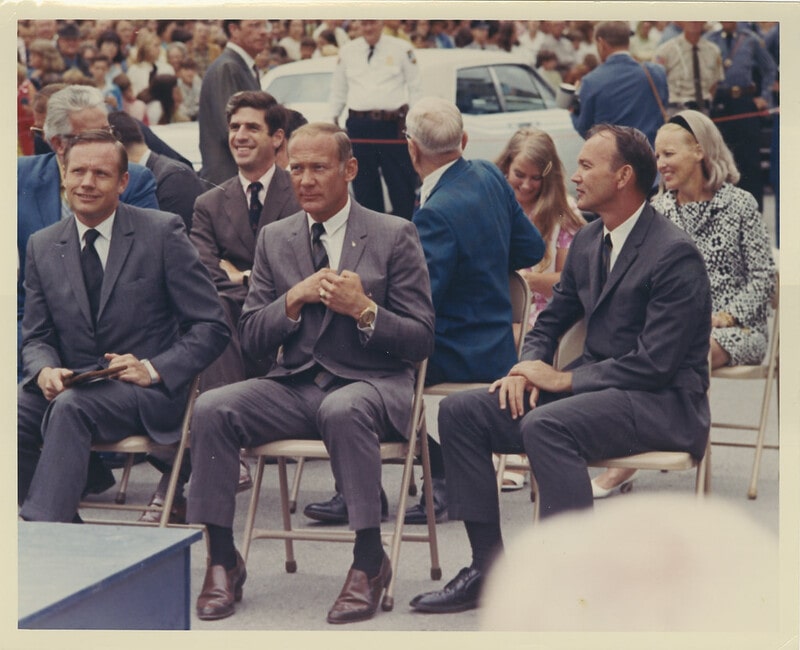
42. In 1994, Hallmark Cards used his name and voice recording without permission. He sued the company and donated the settlement money to his alma mater, Purdue University.
. . . continue reading on the next page
